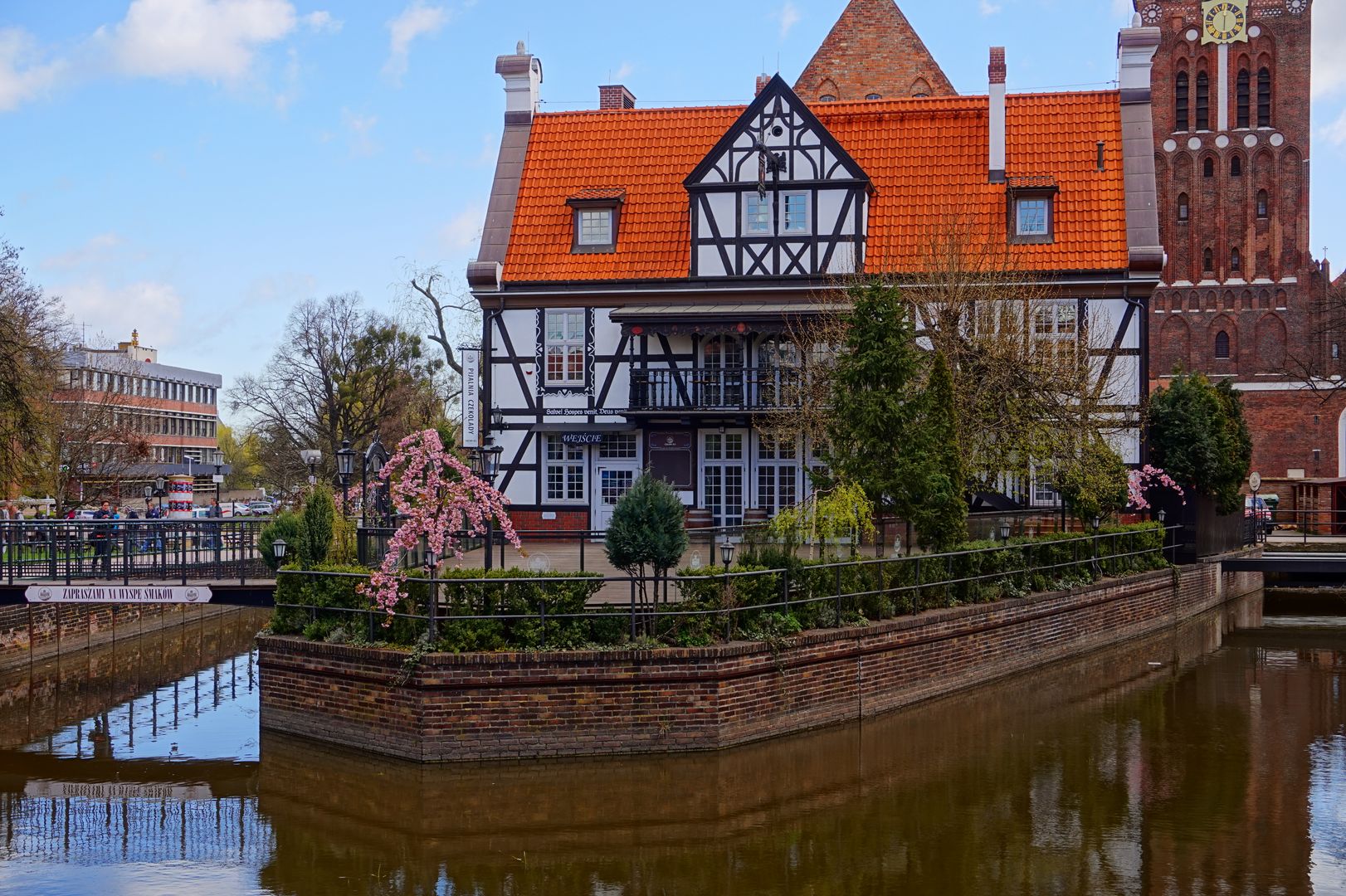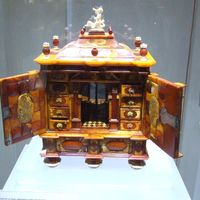The Great Mill in Gdańsk
7.13

Overview
The Great Mill, known as Große Mühle, is a medieval watermill located in the Old Town of Gdańsk, on the artificial island of Tarcza. Built by the Teutonic Knights in 1350, the mill played a key role in Gdańsk's economy, overseeing flour production powered by 18 water wheels driven by the waters of the Radunia Canal. Its architecture, measuring 26 meters in height and 41 meters in length, combined milling, storage, and baking functions, making it an important landmark in medieval Gdańsk. The mill underwent many changes over the centuries, including partial destruction during a fire in 1391, and later modern upgrades, such as the introduction of turbine drive in 1880. After World War II, the building was reconstructed in the 1960s but experienced numerous transformations, including conversion into a shopping center, which began to decline in popularity by the late 1990s. In 2016, the Great Mill was transferred to the Amber Museum, allowing its repurposing for cultural use. The mill's conversion into a museum was completed in 2021 at a cost of 33.5 million PLN, partially funded by EU grants. During the adaptation works, fragments of a stone millstone and historical graffiti were discovered, highlighting the site's long and rich history. The building was also enhanced with a modern illuminated fountain, symbolizing its connection to water and emphasizing the historical aspects of the mill. Thanks to these efforts, the Great Mill has become not only a major tourist attraction but also a meeting place and educational center focused on amber and regional history.
Location
You can also find here:
2025 Wizytor | All Rights Reserved
